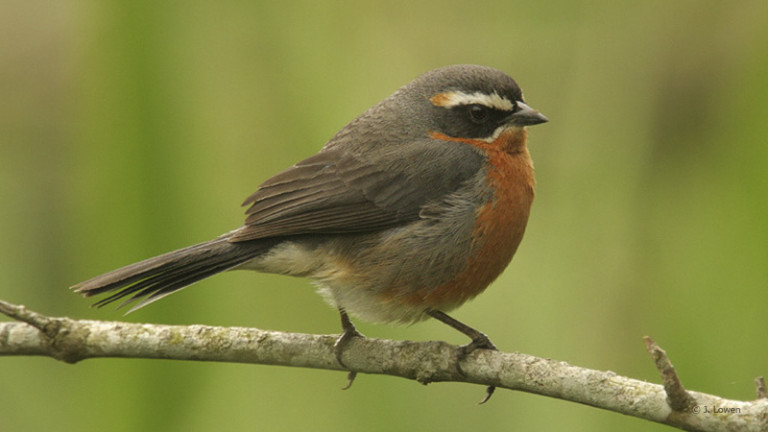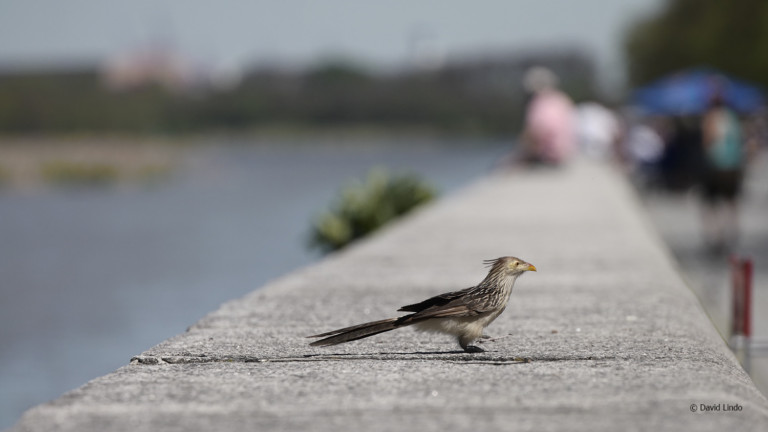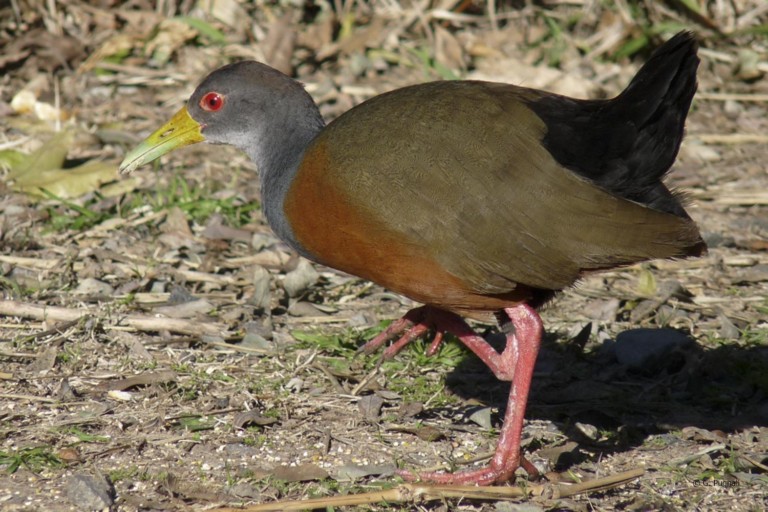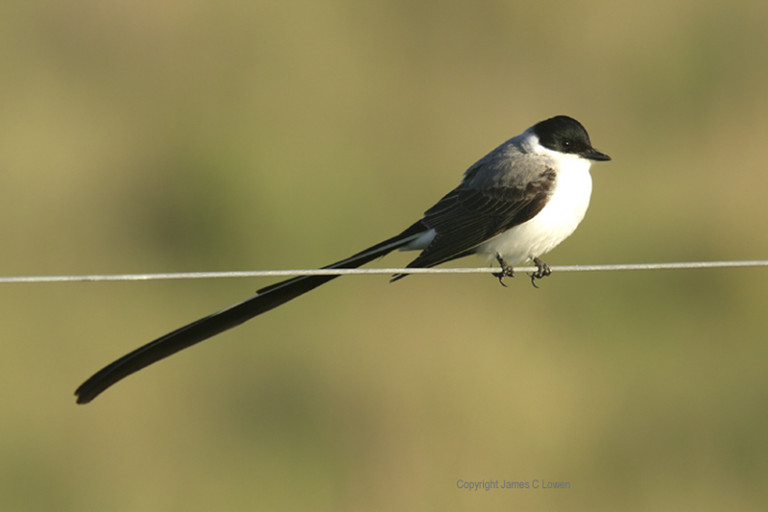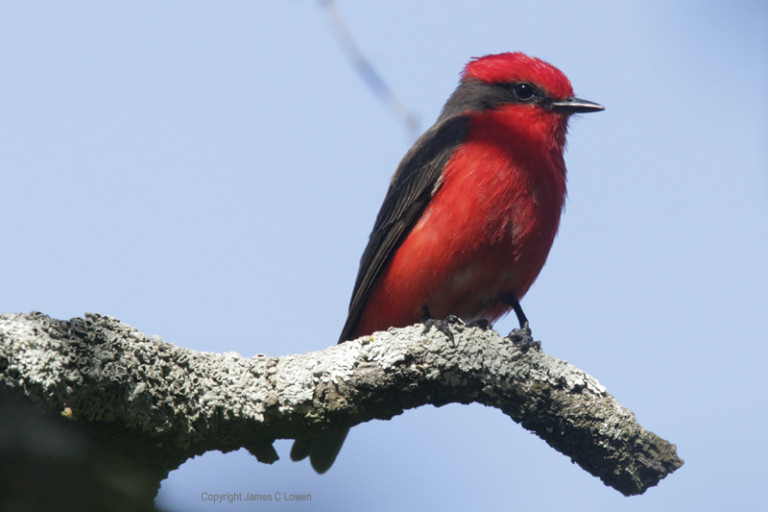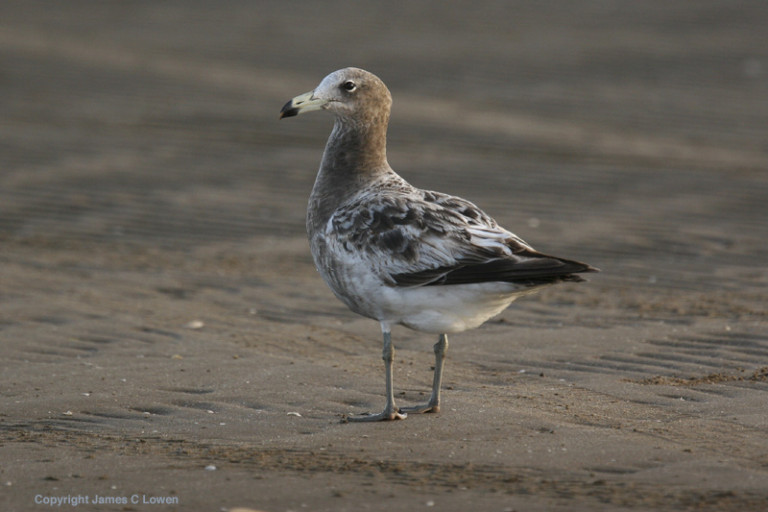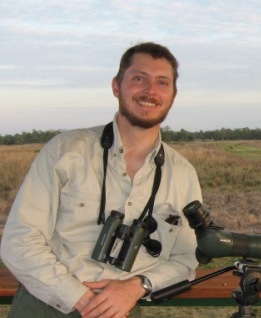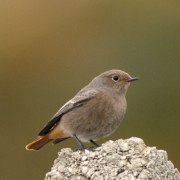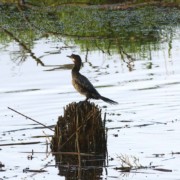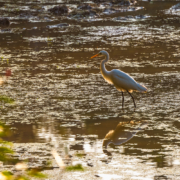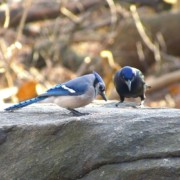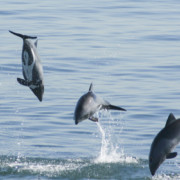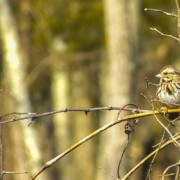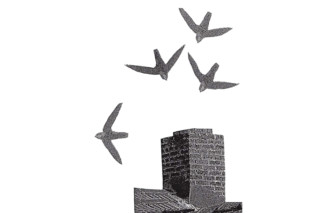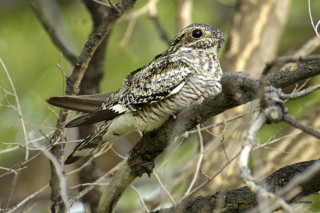“There’s more to Buenos Aires than the tango, Diego Maradona, steak and the oldest metro system in the southern hemisphere. There are still tons of birds to be seen. German Pugnali, one of Argentina’s leading birders, guides us around the oasis that is Costanera Sur Ecological Reserve. Grab your bins.”
The vibrant capital of Argentina, Buenos Aires, is one of the largest cities in Latin America. Sophisticated tango dancing, superb steaks and fervent football games are attractions that have worldwide appeal, but this cosmopolitan city also has its corner for nature lovers.
Close to the wild clamour of downtown lies one of our greatest attractions: COSTANERA SUR ECOLOGICAL RESERVE. This unique place is located an incredible short distance from downtown. If I walk just seven minutes from my office the mad noise of horns and bus engines are magically replaced by the sweet song of Black-and-rufous Warbling-Finch, Masked Gnatcatcher, Saffron Yellow-Finch and Southern House Wren.
The Reserve, covering 360 hectares, is located just in front of the city docks, a mere 900 metres away from the town square and the city’s financial centre. The natural area’s history began in the seventies with a land reclamation project in the Plata River. Fortunately, however, the promised urban development never occurred and the area was abandoned by man but colonized by wildlife. In 1986 it was proclaimed a nature reserve and since then the bird list has grown to an extraordinary 300 species.
Common resident birds include Rufous Hornero (the national bird of Argentina), Chalk-browed Mockingbird, Rufous-collared Sparrow, Greyish Baywing, Rufous-bellied Thrush and many others. Some species have become very used to people and great photo opportunities usually include Monk Parakeet, Guira Cuckoo and Red-crested Cardinal.
A well-maintained network of trails allows complete exploration of the different existing habitats. A typical walk will take us along dense stands of pampas grasslands and marshes holding more secretive species such as Grey-necked Wood-Rail, Sulphur-bearded Spinetail and Wren-like Rushbird, together with the beautiful Great Pampa-Finch, Spectacled Tyrant, Long-tailed Reed-Finch and Yellow-winged Blackbird. Woods and thickets shelter Green-barred and Checkered Woodpeckers, Freckle-breasted Thornbird, Narrow-billed Woodcreeper, Rufous-capped Antshrike, Golden-crowned Warbler, White-lined Tanager, Golden-billed Saltator, Ultramarine Grosbeak and Solitary Cacique. Chimango and Southern Caracaras, Picazuro Pigeon and Roadside Hawk usually fly overhead.
A half-day visit could be very productive for adding some birds to your list and stretching your legs after a business day or a long flight. Usually, no less than 50 species are seen while taking some of the typical circuits, involving a walk of approximately 2 miles. The ‘Big Day’ records are 124 species in spring and 111 in winter! Can there be a city centre birding spot with a higher day total?
Your birding experience greatly depends on the water levels of the lagoons. In good years (with plenty of water), you should find Wattled Jacana, Rufescent Tiger-Heron, Whistling Heron, White-faced and Fulvous Whistling-Ducks, Coscoroba and Black-necked Swans, Silver Teal, Speckled Teal, Rosy-billed Pochard and Lake Duck. Look hard for Black-headed Duck, one of the specialties, and check the black blobs to differentiate the three species of coot that can also be seen in one day – Red-gartered, Red-fronted and White-winged.
Some summer migrants are Dark-billed Cuckoo, hummers like Glittering-bellied Emerald and Gilded Sapphire, Vermilion Flycatcher, Tropical Kingbird, Fork-tailed Flycatcher, Streaked Flycatcher, White-winged Becard, Brown-chested Martin and White-rumped Swallow. The latter hirundine is replaced by Chilean Swallow in winter time, which is also an interesting season for birding as many other visitors arrive namely Bar-winged Cinclodes, Lesser Canastero, Dark-faced Ground-Tyrant, Grey-crowned Tyrannulet and White-tipped Plantcutter.
Contrasting views of extensive pampas grass fields against the modern skyscrapers of Puerto Madero, the newest neighbourhood of the city, are typical as one approaches the Plata River. Some coastal birds to look for here include Great Grebe, Kelp, Brown-hooded and Grey-hooded Gulls. In some winters we get the threatened Olrog’s Gull too. Very wet seasons were spectacular years for shorebirds. We often have Black Skimmer, Rufous-chested Dotterel, American Golden-Plover, Collared and Two-banded Plovers, South-American Painted Snipe, Lesser and Greater Yellowlegs, Solitary Sandpiper, Red Knot, White-rumped, Pectoral and Stilt Sandpipers, South American Snipe, Hudsonian Godwit and Wilson’s Phalarope.
I started offering birding trips to this spectacular place in the eighties and it quickly became a perfect treat for people on business trips or prior to flying down to Ushuaia and embarking on a cruise to Antarctica. Nowadays, virtually all birding tours either start or end in Costanera Sur.
If you are a nature lover, Buenos Aires will hardly disappoint you. The birding is excellent and it is, literally, just around the corner. Eat steak in the evening, watch tango by night then be up early for some great urban birding!


